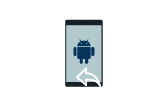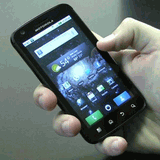Android Data Recovery
How To Access Your VPS From An Android Device
-- Saturday, October 10, 2020
In this article, I'll explain how to access both Windows and Linux VPS from an android device along with some detailed steps to do so.

Accessing Your Windows VPS From an Android Device
Windows have a specific protocol which allows you to connect your device, in this case, your laptop or PC to another device virtually. It's called the Remote Desktop Protocol (RDP), which is already built-in in the Windows operating system.
Before you can connect your android device to your PC, you first need to make sure that you have Windows 10 Pro before you start because the Home edition of the same OS doesn't support the feature.
Usually, the Remote Desktop Protocol is on by default, but it may be turned off by another application. To enable the RDP. Here are the steps:
1. Click the Start button on the bottom left of the screen
2. Go to Settings, then click the gear-shaped icon
3. Enter the System Settings on the top left
4. Scroll down from the menu bar and click on Remote Desktop
5. Lastly, click Enable Remote Desktop.
Remember your PC's or server's name as you will need it to put in the android app later on.
The next thing you need to do is download the Remote Desktop application on your android device. You can download it on the Google Play Store and just type in Microsoft Remote Desktop, and you'll see an app like the one below.
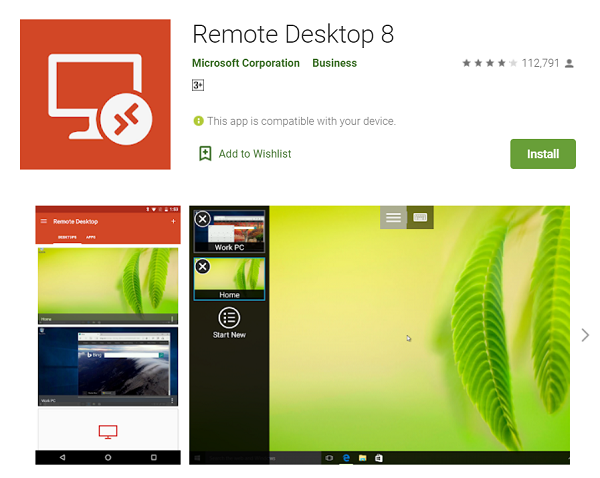
Once you downloaded the app, open the app, and you will be presented with a User Agreement screen, tap Accept to continue.
Next, you can start creating a connection with your PC by tapping on the “+” symbol on the top right corner.

You can now add your VPS details, which are your PC's IP address and a username. There's an option to enter a username every time or just add a user account. I recommend you add a user account, so you don't need to enter a new username every time you want to check your VPS.
Once you click on "add user account", you'll need to write a username with your chosen password.
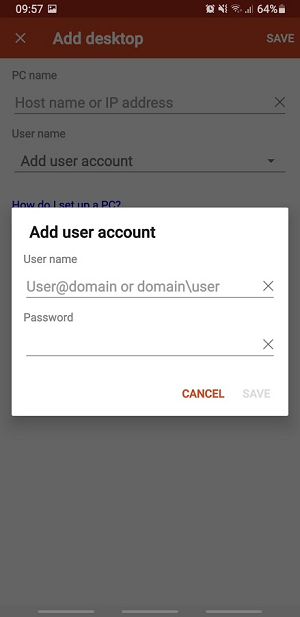
You've now created a connection to the VPS. To connect, just tap on the connection you made, and you can check on your VPS. There's an option to use a mouse pointer just like a desktop or just use the usual tap method for mobile devices.
When you want to disconnect from your VPS, just tap on the X symbol on the screen's top left.
Accessing Your Linux VPS From an Android Device
There are two ways to access your Linux VPS, one is through a Remote Desktop similar to Windows, and the other is through the command line with the use of an SSH (secure shell) client. Here we'll focus more on the latter.With SSH, you can remotely access servers through its secure channels. Not only servers but also other devices on the same network. There are plenty of SSH client applications on the Google Play Store. You can click here to view the different apps.
I'll use one of the most widely used SSH clients for android, which is JuiceSSH. The app is free to use. However, some advanced features require you to pay via in-app purchases. Why this app is popular is due to the fact that you can:
●Set identities for various connections
●Configure the SSH to run specific scripts
●Has local Android terminal support
●Allows third-party plugins
●Has multiple themes
●Supports an external Bluetooth keyboard
●Contains an RSA key generator
●Runs multiple SSH connections in the background
Here are the steps to access your Linux VPS through JuiceSSH for android:
1. You first will need to set up and install an SSH server.
2. Install the JuiceSSH app.
3. Once you've downloaded the app, open it, and click on the Manage Connections button in the middle of the menu.
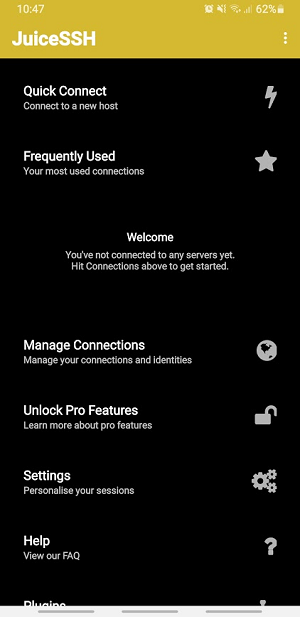
4. Click on the "+" sign at the bottom right of the screen.
5. Once open, fill in the address and other required sections. Then click on the Identity section and select New.
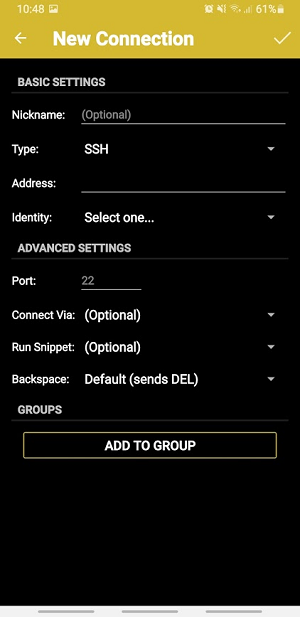
6. Fill in the details required and once you're done, click on the tick symbol on the top right of the screen.
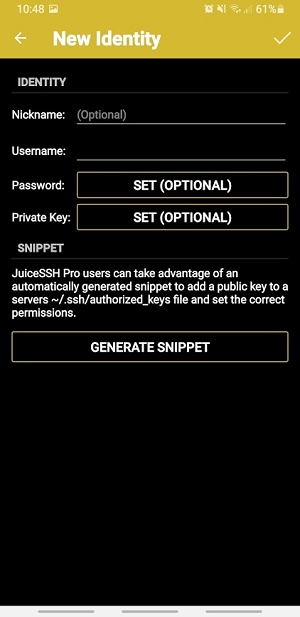
7. Save the details, and you have now successfully created a new connection to your Linux server. The server link will appear on the connections section of the app.
As you're managing your Linux VPS, there are a few basic commands that you should know to navigate and manage it using the command line easily.
●Is – lists all files and directories
●cd – stands for Change Directory. It is used to go between directories.
●mkdir – stands for Make Directory. Used to create a new directory
●touch – used to create original files
●rm – deletes a chosen directory or file
●cat – displays the content of a file
●cp – copies files and folders
●mv – moves files and folders to other directories
●find – searches for files and folders when given specific criteria
●history – displays the last used commands
●clear – clears all text from the command screen
●wget – downloads files from the internet via URL
●du – stands for Disk Usage. Views the size of files and folders from a particular directory.





